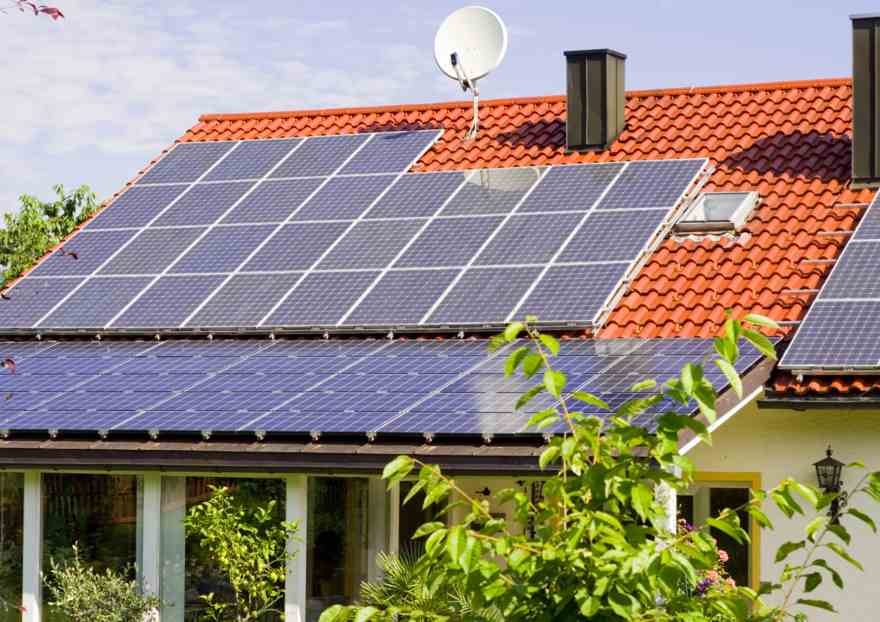A new report from the US Department of Energy has revealed that system prices for distributed solar PV in America dropped by between 12 and 19 per cent nationwide in 2013 – and will likely fall by a further 3-12 per cent this year, depending on system location and market segment.
The third edition of a jointly written report on PV pricing trends, by the DOE’s National Renewable Energy Laboratory (NREL) and Lawrence Berkeley National Laboratory (LBNL), also says it expect this downward trend to continue over the next couple of years, keeping the US on track to meet the government’s SunShot Initiative 2020 targets.
America’s SunShot Initiative is a collaborative national effort to drive innovation and make solar energy fully cost-competitive with traditional energy sources before the end of the decade. 
Through SunShot, DOE supports efforts by private companies, universities, and national laboratories to drive down the cost of solar electricity to $0.06 per kilowatt-hour.
“These price drops are consistent with previous annual reductions achieved since 2010, when the Energy Department’s SunShot Initiative was established,” NREL’s David Feldman, a lead author of the report said.
“However, the report also indicates that there are significant variations in reported pricing both geographically and across market segments due to a variety of factors, including value-based pricing based on local competition within the marketplace and prevailing electric retail rates.
“Other factors include differences in specific system configurations such as panel efficiency, mounting structure, and geographic location; and the time lags between commitments and commercial operation for utility-scale systems.”
The report, Photovoltaic (PV) Pricing Trends: Historical, Recent, and Near-Term Projections (2014 Edition), made several other key findings, including:
– Modeled utility-scale PV system prices fell below $2 a watt in 2013, and have continued to decline in 2014, to roughly $1.80 a watt, which is 59 percent below what modeled pricing showed in 2010;
– There is a difference of roughly $2 a watt between the median reported price of the lowest- and highest-priced states for residential and commercial systems (less than 10 kW in size); a similar price range also exists within individual states; and
– There is a wide-range in analysts’ PV pricing estimates, however a number of analysts are now projecting long-term pricing in line with the targets set by the SunShot Initiative for 2020. At these pricing levels, PV is expected to reach widespread grid parity in the US without federal or state subsidies.
“There is still considerable uncertainty as to how low PV system prices will drop in the next five to 10 years,” Feldman said. “However, there appears to be an emerging consensus that the SunShot’s price reduction targets are within reach and more and more likely to be realized. We see this reflected in the fact that many of the current projections are far lower than projections made in the recent past by the same sources.”








